Space
Sign up for our newsletter
We summarize the week's scientific breakthroughs every Thursday.
-
 Earth
EarthHere are 5 of the weirdest auroras, including the newly spotted ‘dunes’
A newfound type of aurora dubbed the “dunes” joins the ranks of black auroras, STEVE and other obscure auroral phenomena.
-
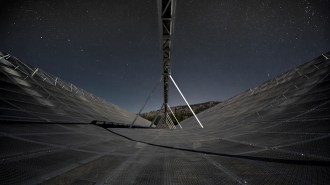 Space
SpaceThis is the first fast radio burst known to have a steady beat
Brief blasts of radio energy from other galaxies keep stumping astronomers, but one seems to be on a 16-day cycle, a new clue in an ongoing puzzle.
-
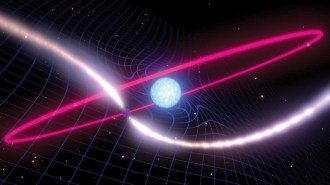 Space
SpaceThe wobbling orbit of a pulsar proves Einstein right, yet again
Astronomers have found a pulsar’s orbit being rocked to and fro as a neighboring white dwarf whips up spacetime, in accordance with general relativity.
-
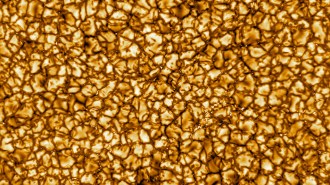 Space
SpaceThese are the most detailed images of the sun ever taken
First images from the Daniel K. Inouye Solar Telescope reveal details on the surface of the sun three times as small as ever seen.
-
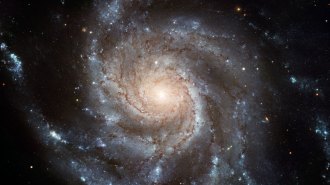 Space
SpaceAn astrophysicist honors citizen scientists in the age of big data
In ‘The Crowd and the Cosmos,’ an astrophysicist gives due to citizen scientists and says they will continue to have a future in discovery.
By Erin Wayman -
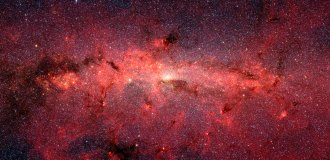 Space
SpaceAs NASA’s Spitzer telescope’s mission ends, here’s a look back at its discoveries
For more than 16 years, the Spitzer Space Telescope has witnessed the births and deaths of stars, charted the Milky Way, found faraway worlds and more.
-
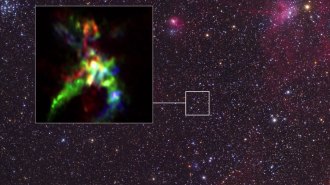 Space
SpacePhosphorus, a key ingredient of life, has been found in a newborn star system
Astrochemists map phosphorus-bearing molecules in a star-forming cloud, giving clues to how this vital element may have arrived on Earth.
By Adam Mann -
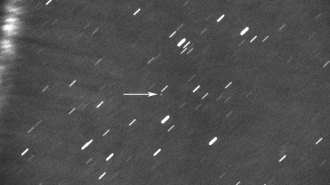 Planetary Science
Planetary ScienceFor the first time, an asteroid has been found nearer to the sun than Venus
A space rock dubbed 2020 AV2, found in close orbit around the sun, probably got there after a series of close encounters with rocky planets.
-
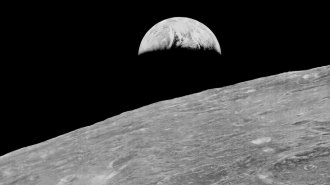 Space
SpaceThe sterile moon may still hold hints of how life began on Earth
50 years ago, scientists found no signs of life on the moon. Today, lunar mission regulations may be relaxed in light of that fact.
-
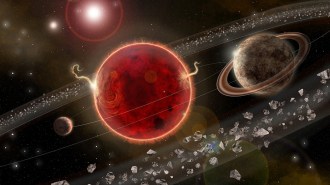 Space
SpaceA second planet may orbit Proxima Centauri
The star closest to the sun may harbor another planet, this one much more massive and colder than Earth.
-
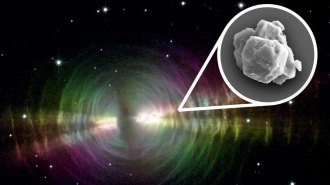 Space
SpaceThis ancient stardust is the oldest ever to be examined in a lab
Tiny grains of stardust that formed long before our solar system are giving new insight into star formation in the Milky Way.
-
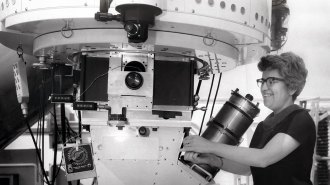 Space
SpaceDark matter pioneer Vera Rubin gets a new observatory named after her
A new effort to study the cosmos is named after Vera Rubin, an astronomer who searched out dark matter and battled sexism.